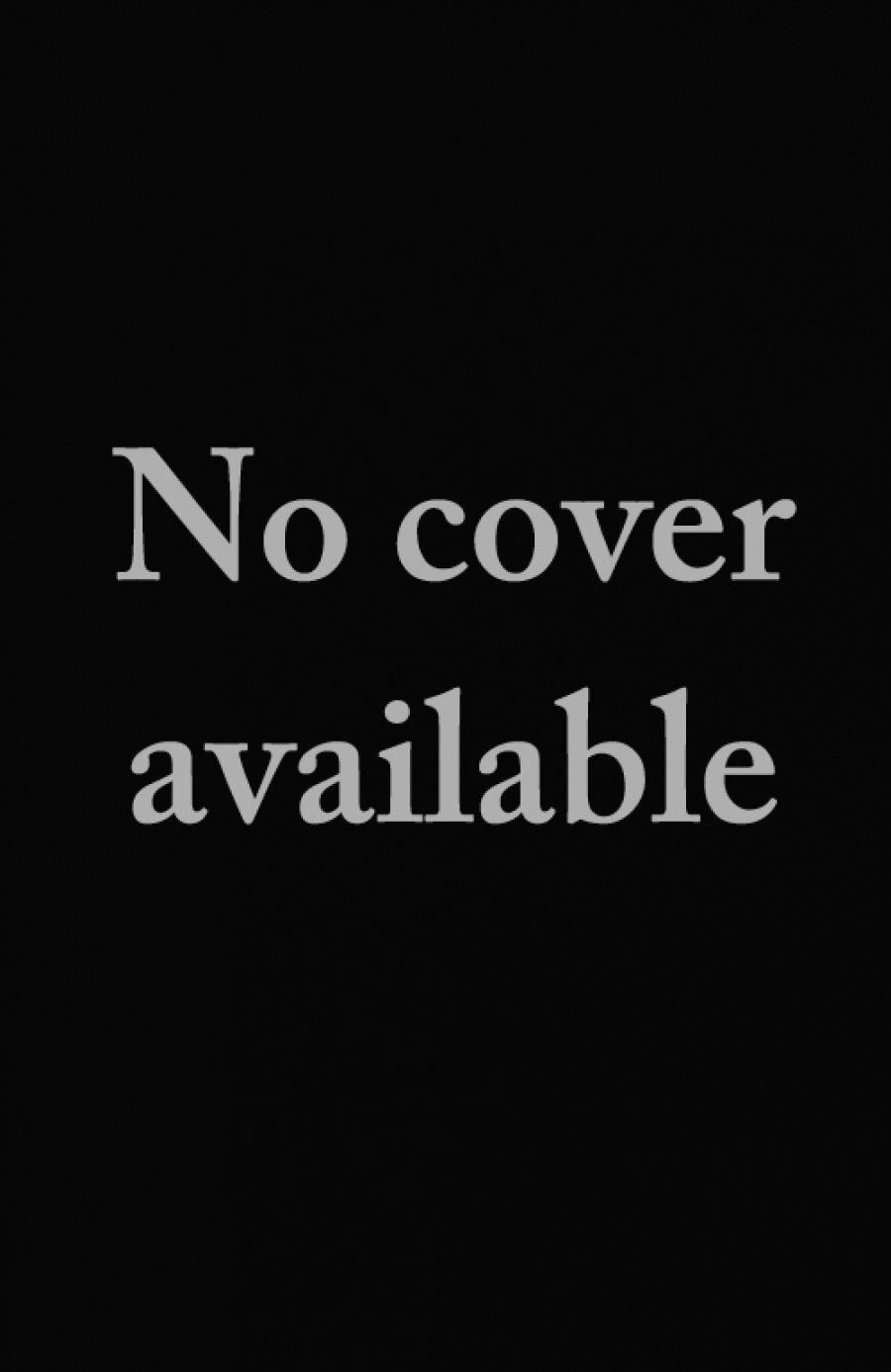
- Free Article: No
- Contents Category: Art
- Review Article: Yes
- Online Only: No
- Custom Highlight Text:
The best things about this book are the paintings, the photographs, and the paper. The worst thing is the prose. But does this matter, you may well ask, in a book obviously designed to travel rapidly from the coffee table to the wall – with its large size format and convenient disintegration at first read? It’s the pictures we want, not the prose.
- Book 1 Title: Arthur Streeton
- Book 1 Subtitle: The art without the man
- Book 1 Biblio: Bay Books, $24.95, 52 p.
Well, almost everyone that is, for these were the times of the formation of the Contemporary Art Groups in Sydney and Melbourne; when artists broke away from the established Royal Art Society and Society of Artists; when Grace Cossington Smith and Margaret Preston in Sydney and George Bell and Arnold Shore in Melbourne, were challenging the naturalistic landscape tradition with their ‘modernist’ ideas.
So threatening in fact were these ideas seen to be, that in 1937 the traditionalists – championed by that discerning patron of the arts, R.G. Menzies – attempted to enshrine the gold-and-gummers in our first and last Australian Academy of Art – the same year coincidentally that Streeton became Sir Arthur.
That’s a little of the story behind the later Streeton pictures. What of the early and middle period? It is easy to eulogise the earlier Streeton paintings – those done around Sydney and in the New South Wales hinterland for example. It was the success of the latter which lifted Streeton out of penury and nationalism into the internationalism of the London art scene.
But here the style shaped by the Australian experience was sullied by the English, an intuitive sympathy with the land and a simplicity of approach were a creative attitude alien to the Edwardian art world.
So that after Streeton returned to live in Australia in the early 1920s he produced the kind of second-rate conventional landscape paintings that the conservatives clung to so tenaciously in the embattled 1930s.
For a book so ambitiously titled – The Art Without The Man – we get very little sense of this personal drama and artistic decline. To a certain extent, of course, it is evident in the paintings themselves. But a good text, such as Ann Galbally’s (first published twelve years ago), will illuminate both the man and his art.
And, although the standard of the colour reproduction is reasonable, and the number of the prints is generous, their size is not – even the full-page ones are not really large enough to make them a worthwhile hanging proposition.
So, if you are a Streeton fan, forget the book, go to your nearest print shop and collect three of four of your old favourites. That way you will get both: more satisfaction and better value for your money.


Comments powered by CComment